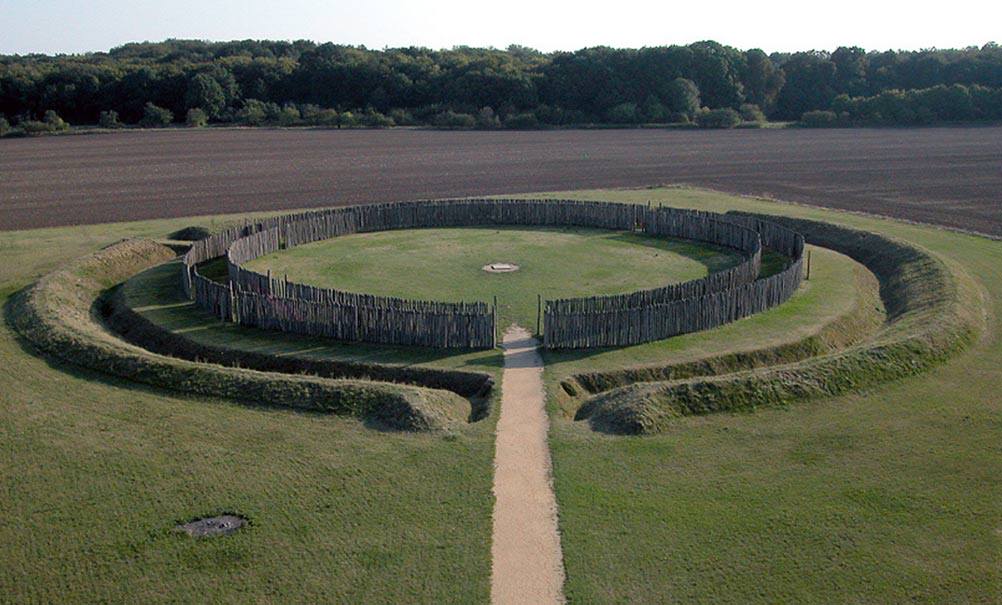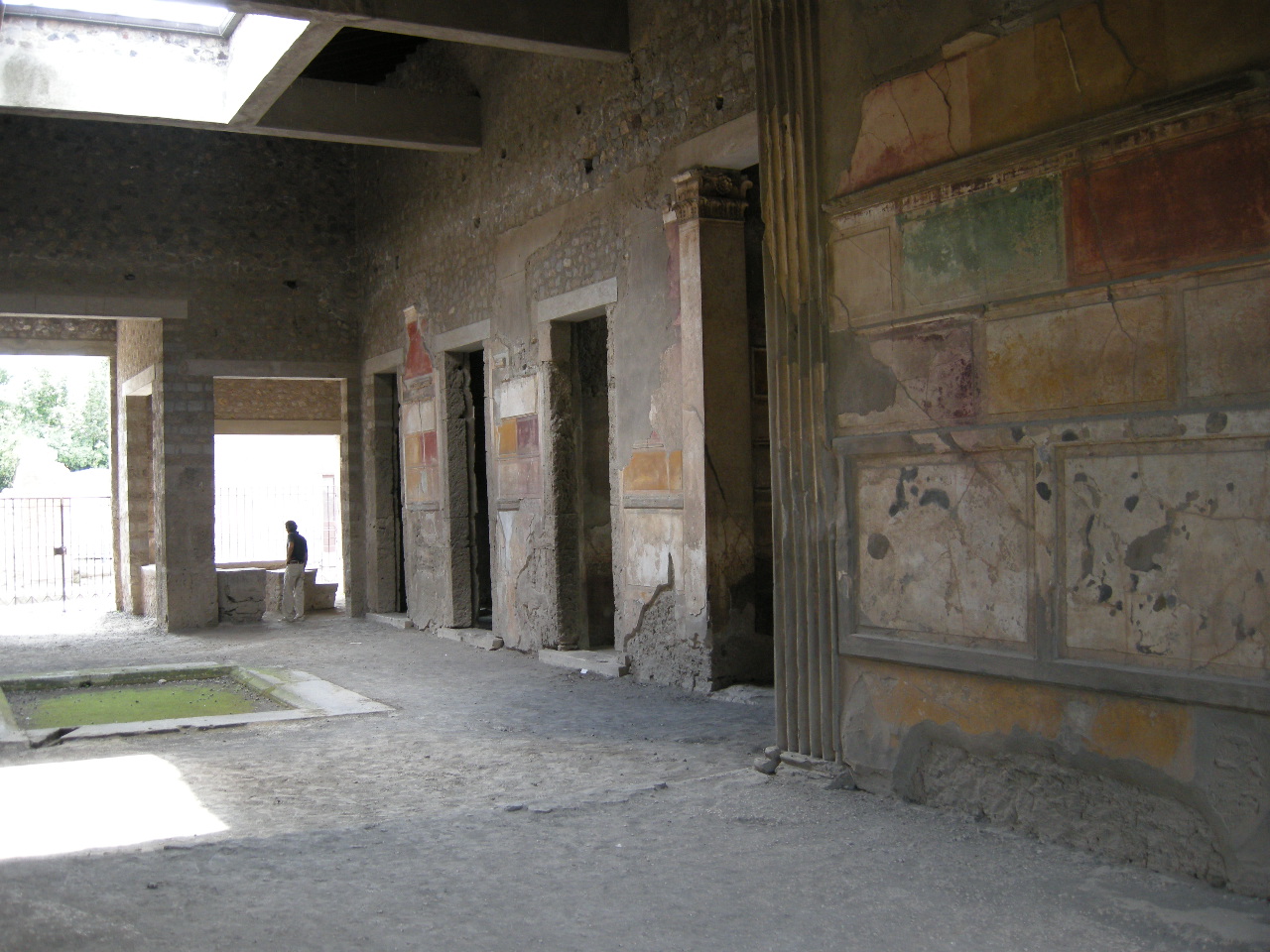The Goseck circle is a Neolithic circle structure. It may be the oldest and best known of the Circular Enclosures associated with the Central European Neolithic. It also may be one of the oldest Solar observatories in the world. It consists of a set of concentric ditches 75 metres across and two palisade rings containing gates in places aligned with sunrise and sunset on the solstice days. Its construction is dated to c. 4900 BC, and it seems to have remained in use until 4600 BC. This corresponds to the transitional phase between the Neolithic Linear Pottery and Stroke-ornamented ware cultures. It is one of a larger group of so-called Circular Enclosures in the Elbe and Danube region, most of which show similar alignments. Excavators also found the remains of what may have been ritual fires, animal and human bones, and a headless skeleton near the southeastern gate, that could be interpreted as traces of human sacrifice or specific burial ritual.













